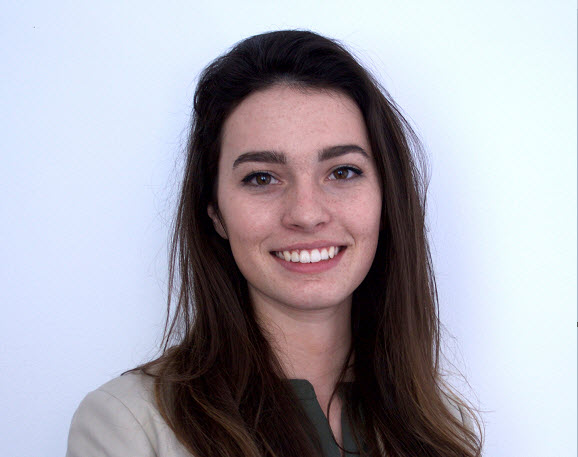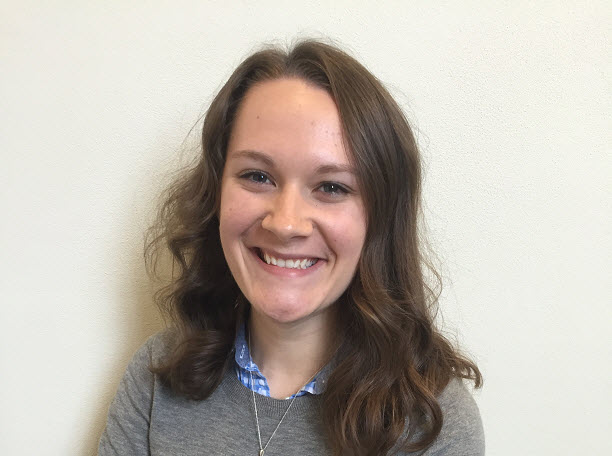Below is a summary of the abstract you submitted. Presenting author(s) is shown in bold.
If any changes need to be made, you can modify the abstract or change the authors.
You can also download a .docx version of this abstract.
If there are any problems, please email Dan at dar78@pitt.edu and he'll take care of them!
This abstract was last modified on May 5, 2017 at 3:41 p.m..

Cluster P mycobacteriophages Arib1 and Brusacoram were isolated using Mycobacterium smegmatis mc2155 as part of the SEA-PHAGES program at The College of St. Scholastica in Duluth, MN. Arib1 has a 46,732 bp genome containing 77 putative genes and 8 promoters. Brusacoram has a 47,618 bp genome containing 78 putative genes. Phylogenetic analysis using MEGA software indicates the closest Arib1 relative is Majeke, isolated 9000 miles away in South Africa, not Brusacoram, which was isolated nearly in the same location as Arib1. Although potential Arib1 lysogens were isolated, the clear plaque morphology for both phages under standard culture conditions suggests a preference for the lytic cycle. Interestingly, an antirepressor gene along with lysogeny-related integrase and repressor genes were bioinformatically identified in both Arib1 and Brusacoram genomes. Phylogenetic analysis of the Arib1 repressor and antirepressor sequences indicated Brusacoram as the closest relative. The lack of agreement between the gene-specific and full genome phylogenies suggests a degree of genetic mosaicism or drift in the cluster P genomes. In order to gain insight into the expression activity of the repressor/anti-repressor genes in Cluster P phages, we performed RNAseq and LC-MS/MS on Brusacoram infections. We infected the host in liquid culture at high MOI and isolated RNA or infected cell pellets at one and 4-hour time points for analysis. At the one-hour time point, the integrase and repressor were the most abundant RNA transcripts expressed from the Brusacoram genome. There was very little anti-repressor transcript expression. However, at the four-hour time point, LC-MS/MS data indicated antirepressor protein expression, but no integrase or repressor protein was detected. Unfortunately, due to experimental and other limitations, we do not have data from both techniques at each time point. In conclusion, our data suggests a rapid induction of the lytic cycle during Cluster P infection through the antirepressor inactivation of repressors required for lysogenic cycle.


